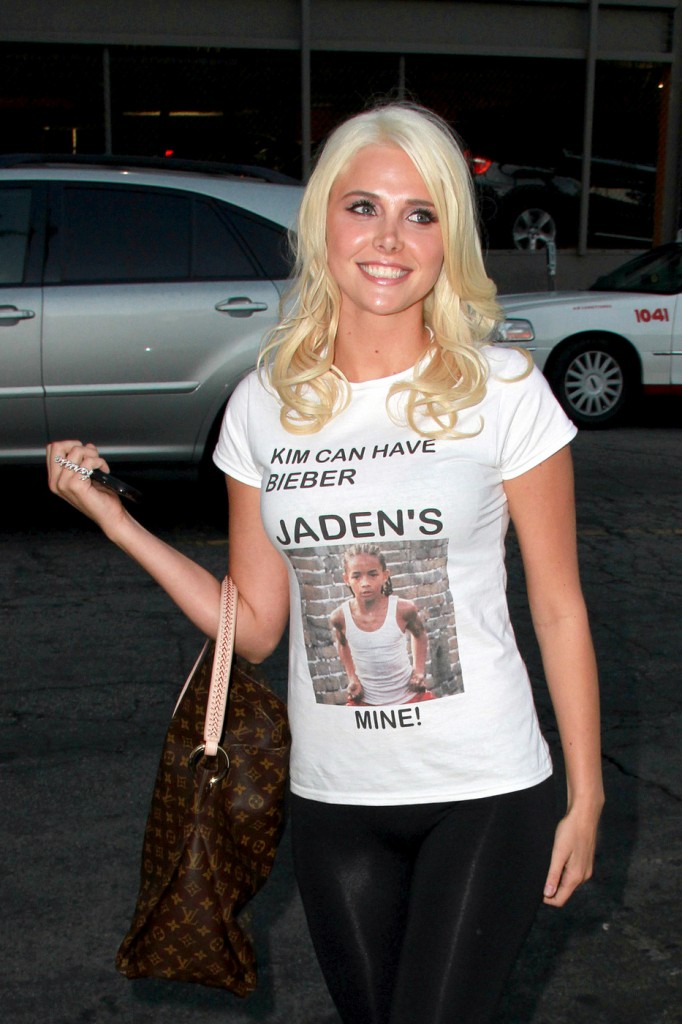I wish I could spend all of my time in New Orleans, my favorite city in the world, so my friends are kind enough to send anything they run across that involves the Crescent City. Two friends forwarded a recent New York Times article on the rise of “sissy bounce,” a new take on bounce — an energetic form of rap/hip hop that originated in New Orleans. “Sissy bounce” refers to a handful of transgendered/gay rappers, some of whom perform in drag. Katey Red and Big Freedia are two of the biggest names in “sissy bounce.”
Like New Orleans itself, the effects of “sissy bounce” are visceral — raw and invigorating, and its club success surely represents an important interruption in a genre known for its homophobia. Looking beyond its woman-hating name, the mere presence of individuals in “sissy bounce” who challenge norms of masculinity and sexuality in bounce is a move toward gay equity.
But I take exception to Times reporter, Jonathan Dee’s claim that “sissy bounce… creates an atmosphere of sexual liberation — for women.” He describes the typical “sissy bounce” scene: women gathered around the performer, grabbing their ankles and hoisting their gyrating arses in the air. Dee deems this sexually liberating because, he argues, the female attendees are dancing “for Freedia.” That may well be the case, but videos and pictures from the Times article also show a constant group of men gathered on the perimeter, leering — snapping photos, filming, and shining flashlights on the dancer’s body parts.
Transgender/gay rappers spitting arguably misogynistic lyrics over a sea of throbbing female posteriors while a crowd of men looks on is not sexual liberation. It’s the same old tired show where women’s sexuality revolves around pleasuring the male gaze.
Caroline Heldman is a professor of politics at Occidental College. You can follow her at her blog and on Twitter and Facebook.


























